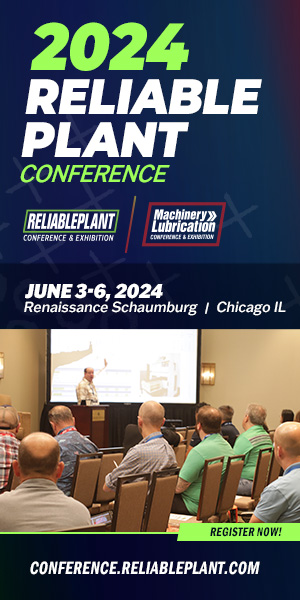As The New York Times observed in its Sunday story on nuclear power, just a few years ago, utilities were telling the Nuclear Regulatory Commission they wanted to build 28 new reactors. Fast forward to today, with the economy driving down energy demand and prices — and climate legislation on the backburner — and those reactors are still on the drawing board.
But technological breakthroughs can transform a sluggish sector into a futuristic game-changer. Case in point: GE Hitachi’s Advanced Recycling Center, (ARC). The ARC technology is basically the anti-nuke: it actually burns nuclear waste (even weapons-grade plutonium), and emits exactly zero CO2.
Here’s the secret: The system uses a liquid metal — sodium — to control the nuclear reaction, instead of high-pressure water. The sodium-cooling allows the reactor to “burn” the leftover energy in its used fuel — nuclear waste that, in traditional water-cooled reactors, would be taken and stored for thousands of years. In fact, when used fuel is removed from a traditional water-cooled reactor, 95 percent of its potential energy is still untapped.
Here’s a breakdown of ARC’s benefits:
- Burns more of its own raw radioactive fuel
- Burns other reactors’ spent fuel
- Shuts down automatically if there’s a problem
- Is built in small modules than can be expanded
- The waste it does generate needs to be stored for just a few hundred years.
 Up and atom: The reactor can extract more than 100 times the energy from uranium compared to the “once-through” fuel cycle employed by current nuclear plants. Up and atom: The reactor can extract more than 100 times the energy from uranium compared to the “once-through” fuel cycle employed by current nuclear plants. |
This week, the ARC technology joined GE’s ecomagination portfolio of more energy efficient technologies. To gain that certification, a technology must complete tough tests that measurably show performance benefits when compared to baselines such as competitors’ best products; the installed base of products; and regulatory standards. A third-party then verifies the claims.
Today’s certification comes as a special U.S. commission is currently evaluating options to help the Department of Energy deal with the growing stockpiles of nuclear waste — a dire problem, now that the long-term nuclear storage facility at Yucca Mountain has been scuttled.
The final benefit of ARC: smaller nuclear power plants. As National Geographic noted in an in-depth story in September, “reactors wouldn’t be the cement behemoths that are the image of nuclear power today.” In fact, they might be “no bigger than 20 feet across” — around the length of your average speedboat.
 Cracking the nuclear waste code: Esquire magazine dubbed GE’s Dr. Eric Loewen, who’s leading the research effort, as “the man who could end global warming.” Read the article and see Esquire’s video interview with Dr. Loewen. Cracking the nuclear waste code: Esquire magazine dubbed GE’s Dr. Eric Loewen, who’s leading the research effort, as “the man who could end global warming.” Read the article and see Esquire’s video interview with Dr. Loewen. |
 A fuel cycle solution: As National Geographic reported, Tom Sanders, manager of the Global Nuclear Futures Program at New Mexico’s Sandia National Laboratories and a past president of the American Nuclear Society, told a U.S.Senate committee recently that such reactors “could have the advantage of promoting a cradle-to-grave approach to the nuclear fuel cycle such that you could provide reactors to developing nations and not have to worry about refueling them for 10 to 20 years.” A fuel cycle solution: As National Geographic reported, Tom Sanders, manager of the Global Nuclear Futures Program at New Mexico’s Sandia National Laboratories and a past president of the American Nuclear Society, told a U.S.Senate committee recently that such reactors “could have the advantage of promoting a cradle-to-grave approach to the nuclear fuel cycle such that you could provide reactors to developing nations and not have to worry about refueling them for 10 to 20 years.” |
* Read “Can Nuclear Waste Spark an Energy Solution?” in National Geographic
* Read “Meet the Man Who Could End Global Warming” in Esquire magazine
* Learn more about Dr. Eric Loewen and the ARC technology on GE Reports
* Learn about our other advanced nuclear technologies, such as laser enrichment
* Read the ecomagination announcement




